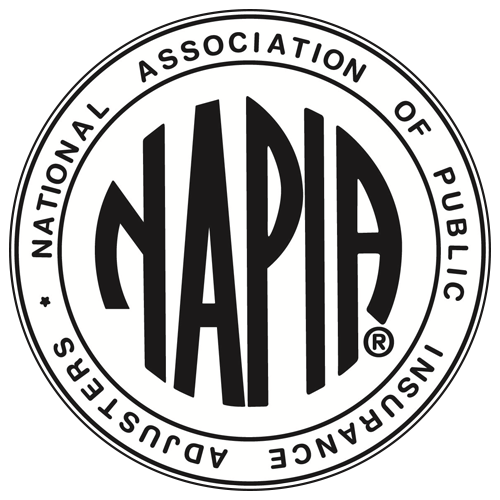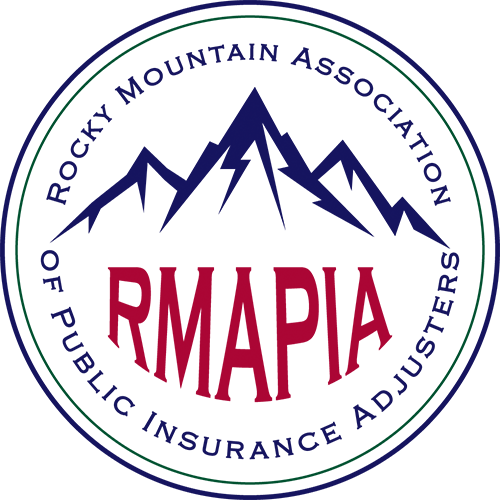
How to Navigate a Wildfire Loss Insurance Claim: After a Wildfire Loss What to Do and Who to Call
A wildfire can be a devastating event, leaving homeowners scrambling to figure out their next steps. While the urge to rebuild and restore your life as quickly as possible is understandable, it’s crucial to take your time and approach the insurance claim process carefully. Rushing can lead to mistakes, reduced payouts, or overlooked coverage. Here’s a step-by-step guide to navigating the aftermath of a wildfire loss claim to your home.
Step 1: Ensure Safety and Document Everything
Before engaging with your insurance company, prioritize safety. If local authorities allow access to your property, take photos and videos of the damage before making any temporary repairs. This evidence will be crucial for your claim.
Capture damage to your home, belongings, and any structural issues.
Keep receipts for temporary repairs and accommodations.
List damaged or destroyed items as accurately as possible.
Step 2: Contact Your Insurance Company
Reach out to your homeowner’s insurance provider as soon as possible to initiate your wildfire loss claim. When speaking with your insurance claim adjuster:
Request a full copy of your policy if you don’t have one.
Ask about additional living expenses (ALE) coverage, which can help with temporary housing costs.
Avoid giving rushed or uncertain answers about the extent of your loss—your full damages may not be clear immediately.
Step 3: Be Cautious When Hiring Contractors and Restoration Companies
Wildfire-stricken areas often attract opportunistic contractors and restoration companies looking to profit off victims. Here’s how to protect yourself:
Research before hiring – Verify licenses, read reviews, and get multiple estimates.
Be wary of high-pressure sales tactics – Avoid companies that push you to sign contracts immediately.
Never pay upfront in full – Reputable contractors will work with your insurance company and won’t demand large payments before starting work.
Step 4: Consider Hiring a Public Insurance Adjuster or Attorney
Insurance companies often aim to settle claims quickly, but this may not always be in your best interest. A public insurance adjuster can help ensure you receive a fair payout by independently assessing the damage and negotiating on your behalf. In cases of claim denial or bad faith practices, a legal expert in insurance claims may be necessary.
Step 5: Take Your Time—Don’t Rush the Process
Insurance claims can take weeks or months to settle properly. Rushing can lead to inadequate settlements and missed opportunities to recover all your entitled benefits. Instead:
Review all documents thoroughly before signing.
Push for detailed damage assessments.
Ask for extensions if needed—don’t let insurers pressure you into quick, low settlements.
Step 6: Seek Disaster Relief and Support Resources
Several organizations provide financial and logistical support to wildfire victims:
FEMA (Federal Emergency Management Agency): Offers disaster relief funding and temporary housing assistance.
Red Cross: Provides emergency shelter, food, and clothing.
Local government aid: Many states offer additional wildfire relief programs.
Nonprofits and community groups: Organizations like the United Way or Salvation Army can offer assistance.
Final Thoughts
Recovering from a wildfire is a long process, but careful planning and patience will help you maximize your wildfire loss claim. Document everything, be cautious with contractors, and don’t rush settlements. If needed, seek professional help from a public insurance adjuster or attorney to ensure you receive the full benefits of your policy. Your home and peace of mind are worth the effort.
Tags: Public Insurance Adjuster, Insurance Claim Adjuster, Emergency Evacuation Tips, Disaster Preparedness, Disaster Recovery Planning, Fire Evacuation Procedures, wildlife loss insurance, wildlife claim insurance adjuster



